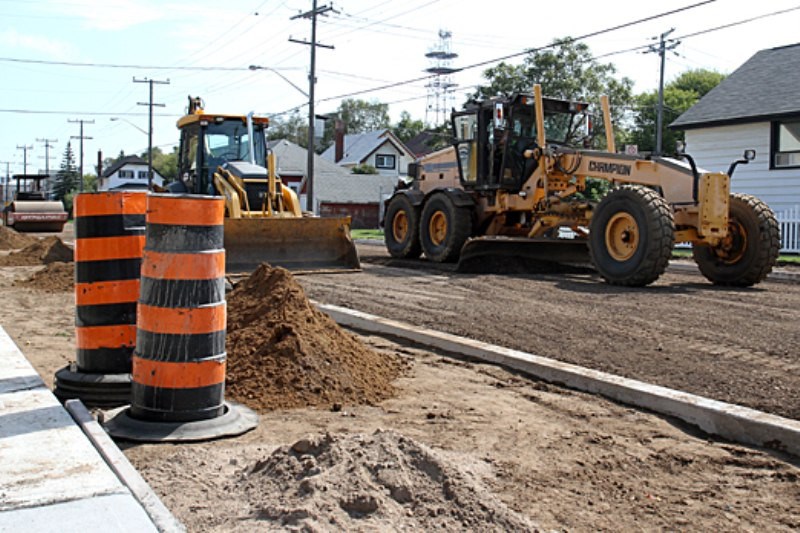A national survey on infrastructures has given Thunder Bay and other municipalities a passing grade.
The Canadian Infrastructure Report Card assessed municipalities across the country in four categories: drinking water, wastewater, storm water and municipal roads. The results varied for each category. Storm water systems ranked ‘very good’ while drinking water and waste water systems received a grade of ‘good’. Roads came in last with only ‘fair’.
The data wasn’t broken down by region or by city and instead looked at infrastructure on a national scale. A total of 346 municipalities registered for the survey but only 123 provided usable data.
At-Large Coun. Larry Hebert said the report card gives an accurate picture of the infrastructure needs in Thunder Bay.
“Generally, I think we’re in pretty good shape,” Hebert said. “We need some work on roads, we know the piping under the roads is quiet old but we have a plan that we’ve been working away at.”
Since 2004, the city has worked to try to eliminate some of its infrastructure deficit. Hebert said they hoped to have 60 per cent of the infrastructure deficit reduced by 2014.
Most of the expenses have been covered by the city. Hebert said they would be asking for help from the federal government on future infrastructure projects in 2014.
“The city has put in as much as $9 million into infrastructure and that’s something we got to do,” he said. “We do have a deficit, which stands at $17 million last time we looked at it. Once we get rid of it then we have to make sure other councils start to ensure that we keep up to date with it so we don’t get a deficit again.”
He said the city has been working on getting a new water and sewage treatment plant.
With a potential mining boom coming, Hebert added it’s critical that they have the roads in good condition as soon as possible.
Operations and infrastructure manager Darrell Matson said like many municipalities, Thunder Bay’s infrastructure is aging, which means the city needs a plan of attack.
Since 2004, the city has strategized to fix the aging infrastructure and has developed several programs such as the Enhanced Infrastructure Renewal Program. The EIRP was implemented this year and has helped the city bridge financial gaps, he said.
“What the national report card has done for the city is that it has confirmed the need for asset management plans in community and the appropriate funding to go along with it,” Matson said.
“It has also put into perspective what municipal administrators have been saying for a number of years. There are huge financial gaps that need to be addressed. The way to address them is through thorough comprehensive assessment strategies for each municipality that is site specifics.”
Overall, the city has a good management plan that will grow over the next few years, he said.
Although the city is doing well, Matson said they will be going over data because of the May flooding disaster. The city will have to wait for the individual engineer firms to complete those reports, which be presented to city council when complete.
